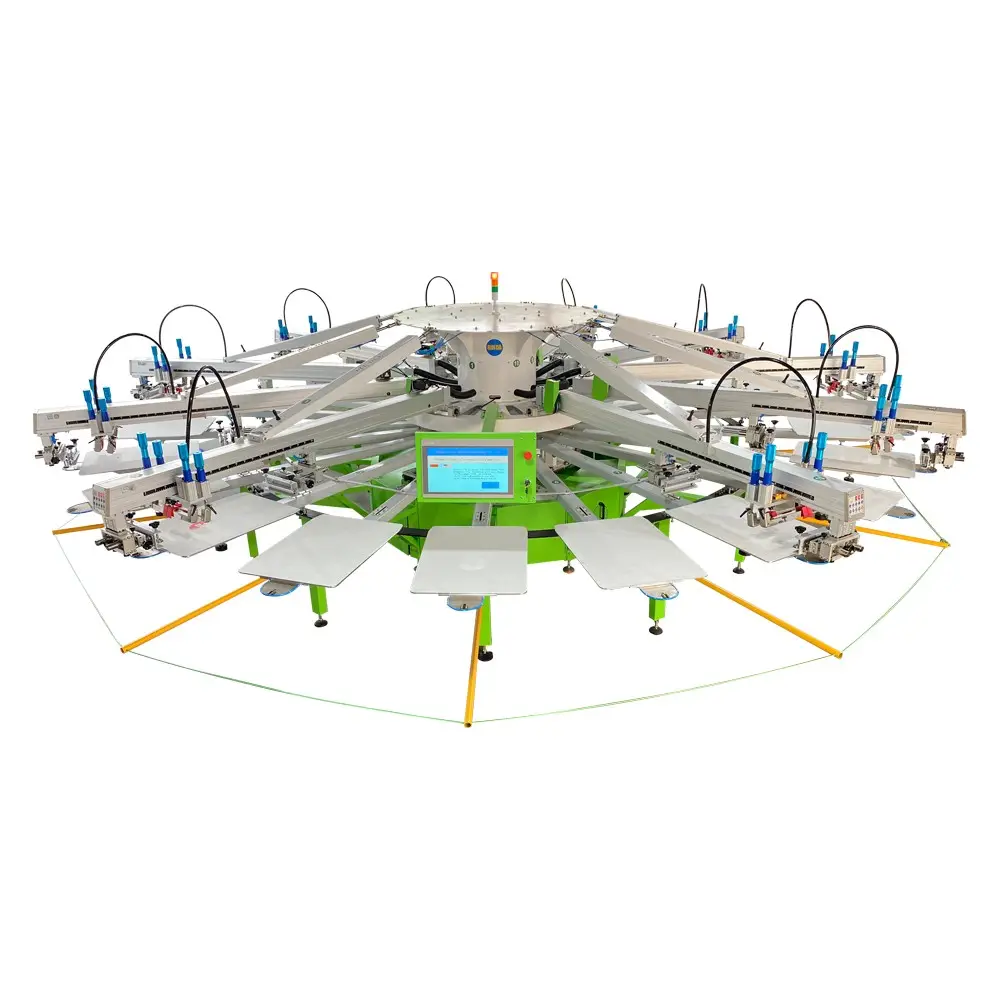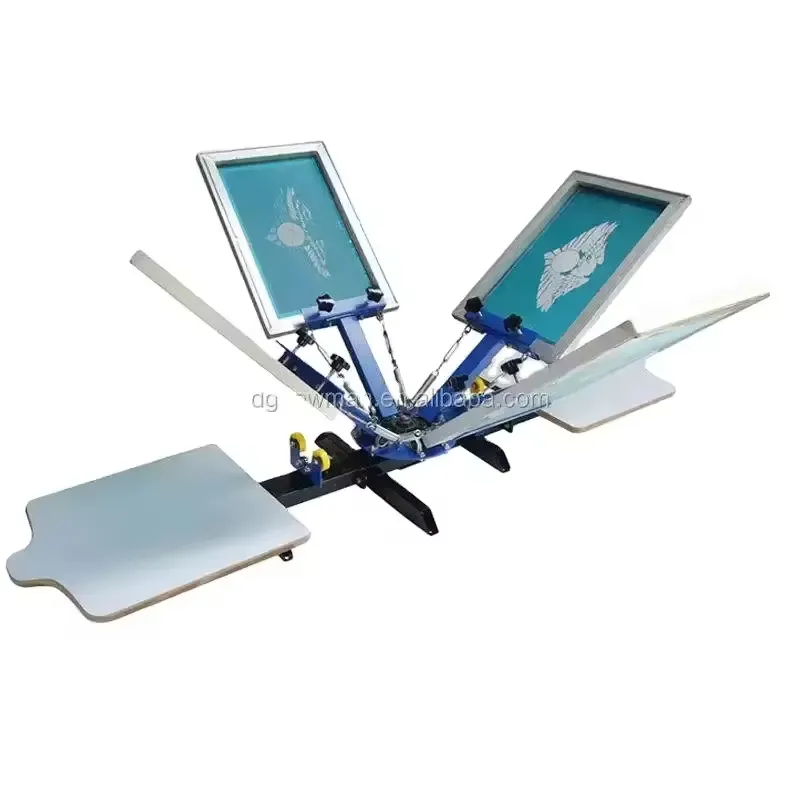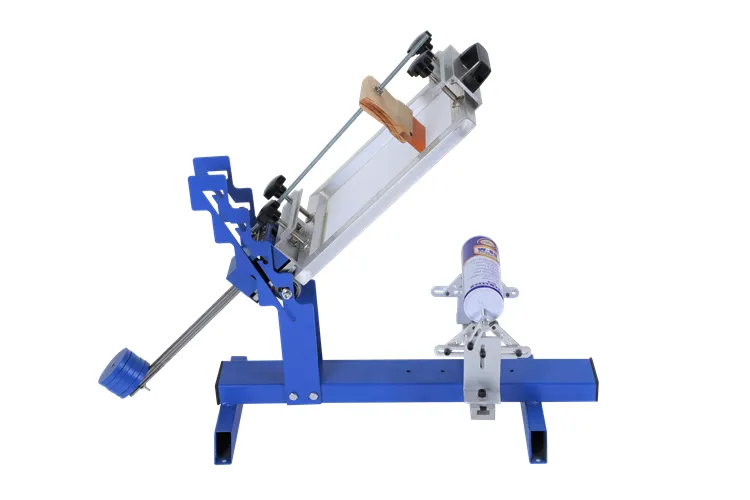manual screen printer
A manual screen printer is a versatile printing device that enables users to transfer designs onto various surfaces through a mesh screen stencil process. This fundamental piece of equipment consists of a frame that holds a finely woven mesh screen, a squeegee for ink application, and a flat printing bed. The technology operates by creating a stencil on the mesh screen, where ink-blocking emulsion is applied everywhere except where the design should appear. When ink is pushed through the open mesh areas using the squeegee, it creates precise impressions on the substrate below. Manual screen printers are extensively used in textile printing, particularly for t-shirts, bags, and other fabric items, but their applications extend to printing on paper, plastic, metal, and wood surfaces. The equipment offers adjustable printing pressure and registration systems for multi-color printing, enabling operators to achieve consistent, high-quality results. These printers come in various configurations, from simple tabletop models to more sophisticated multi-station setups that can accommodate different sizes and types of materials. The durability of the printed designs and the ability to use specialized inks make manual screen printing an enduring choice for both small-scale production and professional printing operations.


